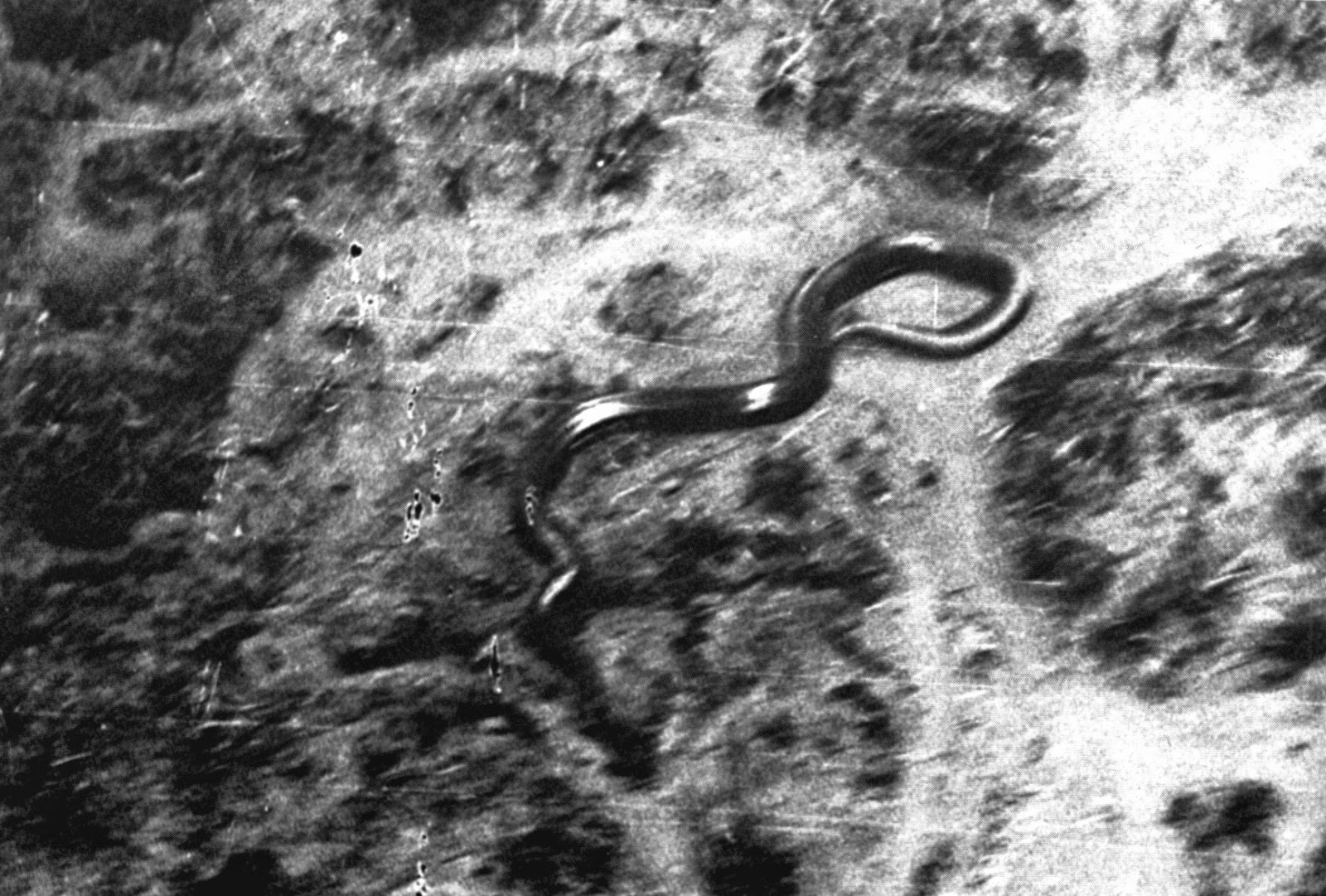Exploring The Giant Snake Of Congo: Nature's Fascinating Predator
The giant snake of Congo, known scientifically as the Python sebae, is one of the largest snake species in the world and a captivating subject for herpetologists and wildlife enthusiasts alike. These magnificent creatures inhabit the dense rainforests and swamps of Central Africa, particularly in the Congo Basin. Understanding their biology, behavior, and ecological significance is essential for appreciating the biodiversity of this unique region. In this article, we will delve into the intriguing world of the giant snake of Congo, exploring its characteristics, habitat, diet, conservation status, and the myths surrounding it.
The giant snake of Congo holds a significant place in both ecological systems and cultural folklore. With its impressive size, it has drawn the attention of researchers and adventurers, but also fear and misconceptions among local communities. It is crucial to dispel these myths and provide accurate information to foster a better understanding of this remarkable species. Through this comprehensive guide, readers will gain insights into the life of the giant snake and its role in the ecosystem of the Congo.
In the sections to follow, we will cover various aspects of the giant snake of Congo, including its physical characteristics, habitat and distribution, diet and hunting techniques, reproductive behavior, conservation efforts, and more. This exploration will not only highlight the importance of the giant snake but also emphasize the need for conservation efforts to protect this and other species in their natural habitats.
Table of Contents
- Biography of the Giant Snake of Congo
- Physical Characteristics
- Habitat and Distribution
- Diet and Hunting Techniques
- Reproductive Behavior
- Conservation Efforts
- Myths and Folklore
- Conclusion
Biography of the Giant Snake of Congo
The giant snake of Congo, or African rock python, is a species of large non-venomous snake found in sub-Saharan Africa. It is the largest snake species in Africa and one of the largest in the world. Below is a brief overview of its personal data and biological information:
| Attribute | Details |
|---|---|
| Scientific Name | Python sebae |
| Common Names | Giant Snake, African Rock Python |
| Family | Pythonidae |
| Length | Up to 6 meters (20 feet) |
| Weight | Up to 90 kg (200 lbs) |
| Habitat | Rainforests, swamps, savannas |
| Diet | Carnivorous (mammals, birds) |
| Reproduction | Oviparous (laying eggs) |
Physical Characteristics
The giant snake of Congo is renowned for its impressive size and distinctive appearance. Here are some key features:
- **Coloration**: The skin is typically patterned with brown, yellow, and black markings, which provide excellent camouflage in their natural habitat.
- **Size**: Adult pythons can reach lengths of up to 6 meters (20 feet) or more, with some exceptional individuals recorded at even greater lengths.
- **Weight**: They can weigh between 30 to 90 kg (66 to 200 lbs), depending on their age and habitat conditions.
- **Head and Eyes**: The head is broad with a distinct snout, and the eyes are positioned on the top of the head, providing a good field of vision.
Habitat and Distribution
The giant snake of Congo is primarily found in the dense rainforests and swamps of Central Africa. Its distribution includes:
- The Congo Basin, which provides a rich ecosystem for diverse wildlife.
- Parts of West Africa, including countries like Nigeria and Cameroon.
- Occasional sightings in savanna regions where water sources are abundant.
These snakes prefer habitats that offer cover and access to water, making swamps and riverbanks ideal locations for them to thrive.
Diet and Hunting Techniques
The giant snake of Congo is a carnivorous predator, primarily feeding on:
- Small to medium-sized mammals, such as antelope and monkeys.
- Birds, which are often hunted from trees.
- Reptiles and other smaller snakes.
Hunting techniques include:
- **Ambush**: They often lie in wait for unsuspecting prey, using their camouflage to blend into the surroundings.
- **Constriction**: Once they capture their prey, they wrap their bodies around it and constrict until the prey suffocates.
Reproductive Behavior
The reproductive process of the giant snake of Congo is fascinating:
- **Mating Season**: Occurs during the rainy season, which provides optimal conditions for egg-laying.
- **Oviparous**: Females lay between 20 to 100 eggs, which they incubate by coiling around them and generating heat.
- **Hatching**: Eggs typically hatch after about 60 days, and the young snakes are independent immediately after birth.
Conservation Efforts
Despite their formidable presence, giant snakes of Congo face several threats, including habitat destruction and poaching. Conservation efforts include:
- **Protected Areas**: Establishing national parks and reserves to safeguard their habitats.
- **Education**: Raising awareness among local communities about the ecological importance of these snakes.
- **Research**: Conducting studies to monitor population numbers and health.
Myths and Folklore
The giant snake of Congo is often surrounded by myths and stories, which can lead to misunderstandings:
- Some cultures view them as symbols of power, while others fear them as dangerous creatures.
- Misconceptions about their size and behavior can result in unwarranted persecution.
Conclusion
In summary, the giant snake of Congo is a remarkable species that contributes significantly to the biodiversity of its ecosystem. By understanding its biological characteristics, habitat needs, dietary habits, and the challenges it faces, we can advocate for its conservation. We encourage readers to share their thoughts in the comments section below and explore further articles on wildlife conservation.
Thank you for taking the time to learn about the giant snake of Congo. We hope you found this information enlightening and that it inspires you to appreciate the wonders of nature. Please return for more fascinating articles on wildlife and conservation topics!
Bumpy Johnson: The Infamous Kingpin Of Harlem
Terrence Duckett: A Deep Dive Into His Life And Career
Monica Turner: A Comprehensive Look At Her Life And Achievements


![1959, August The Congo Snake Photo [Patrons Only] Anomalies the](https://i2.wp.com/anomalyinfo.com/sites/default/files/images/1959-giant-congo-snake.jpg)